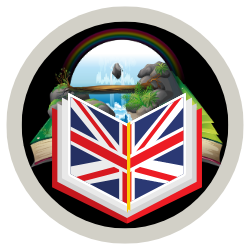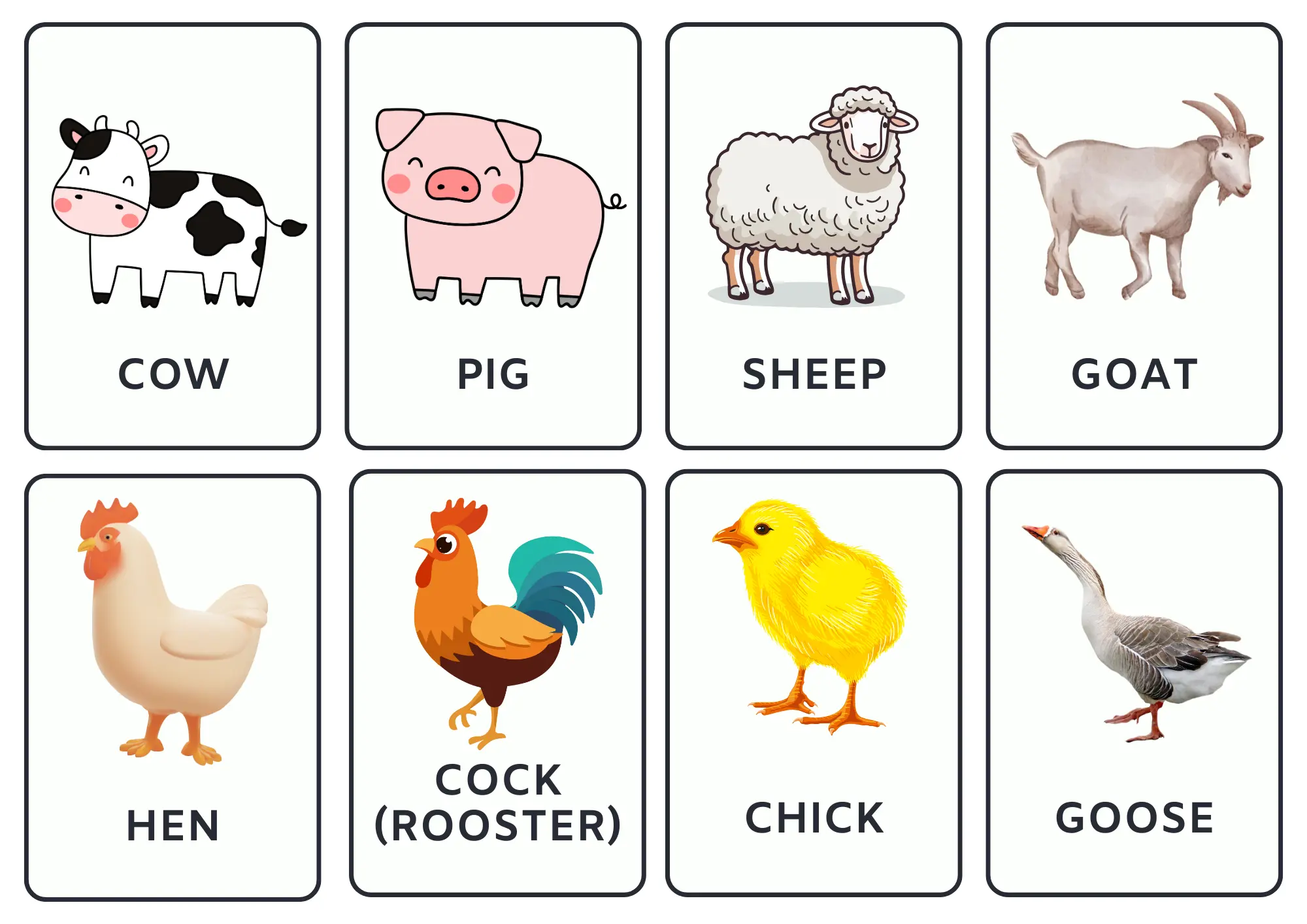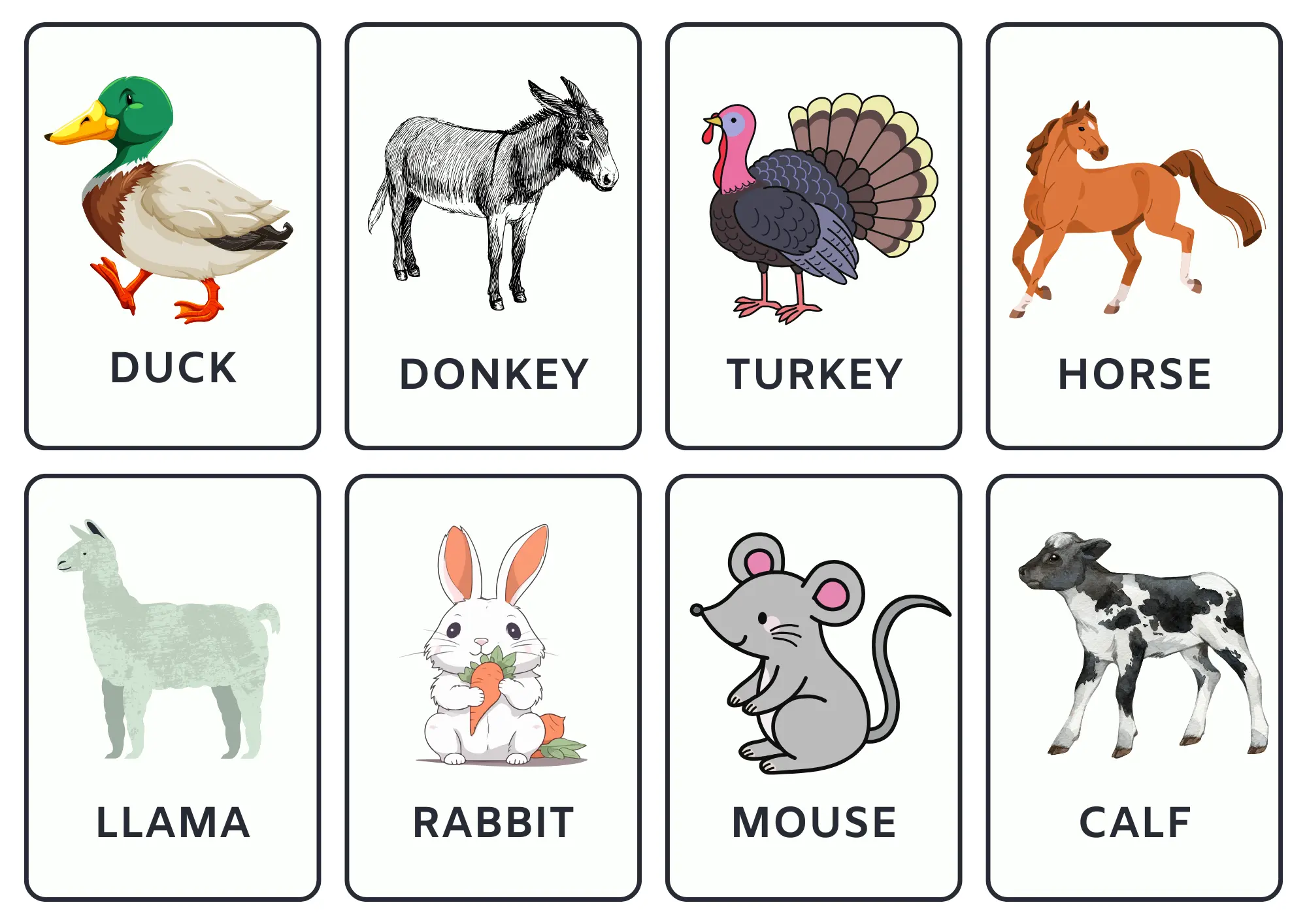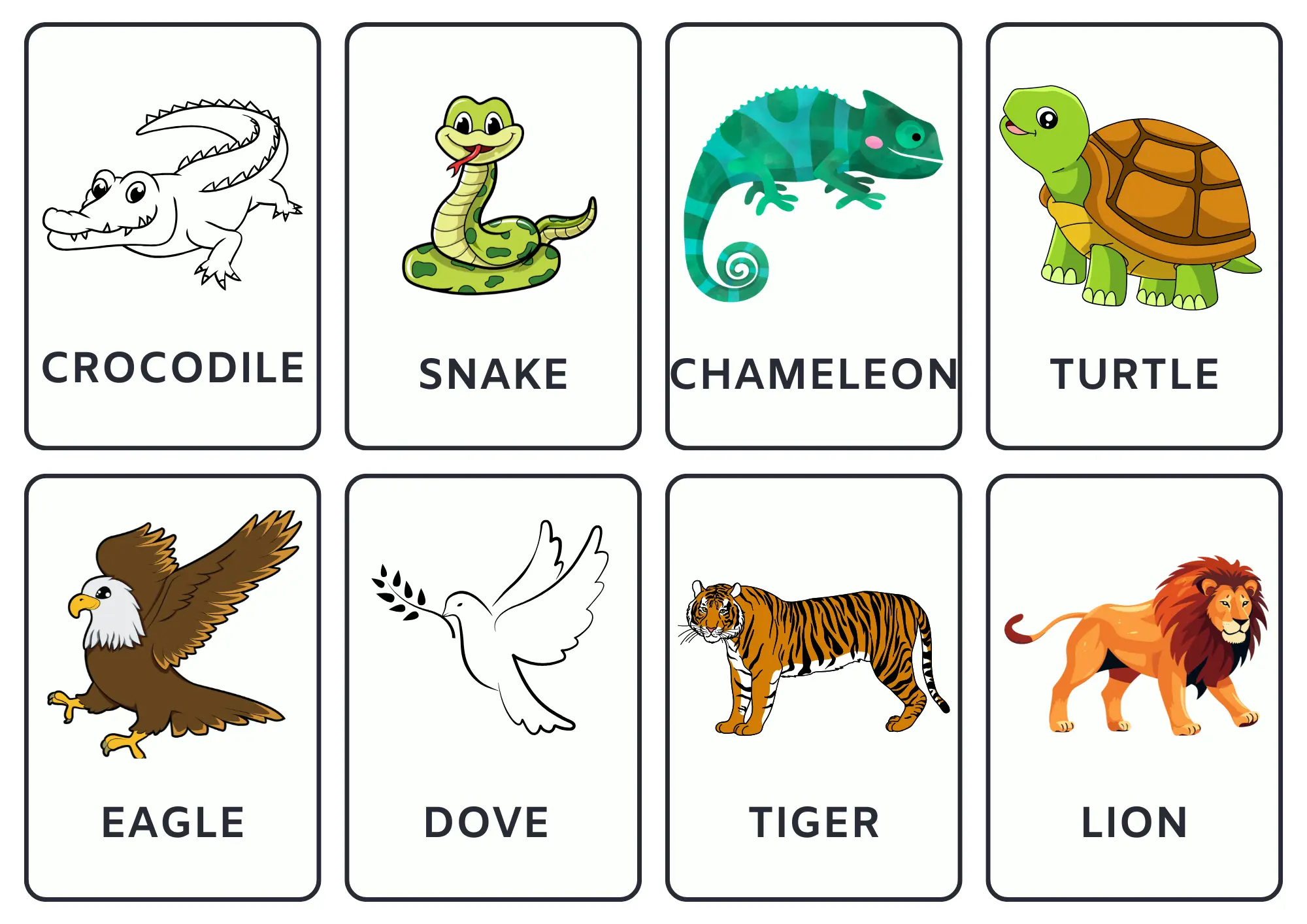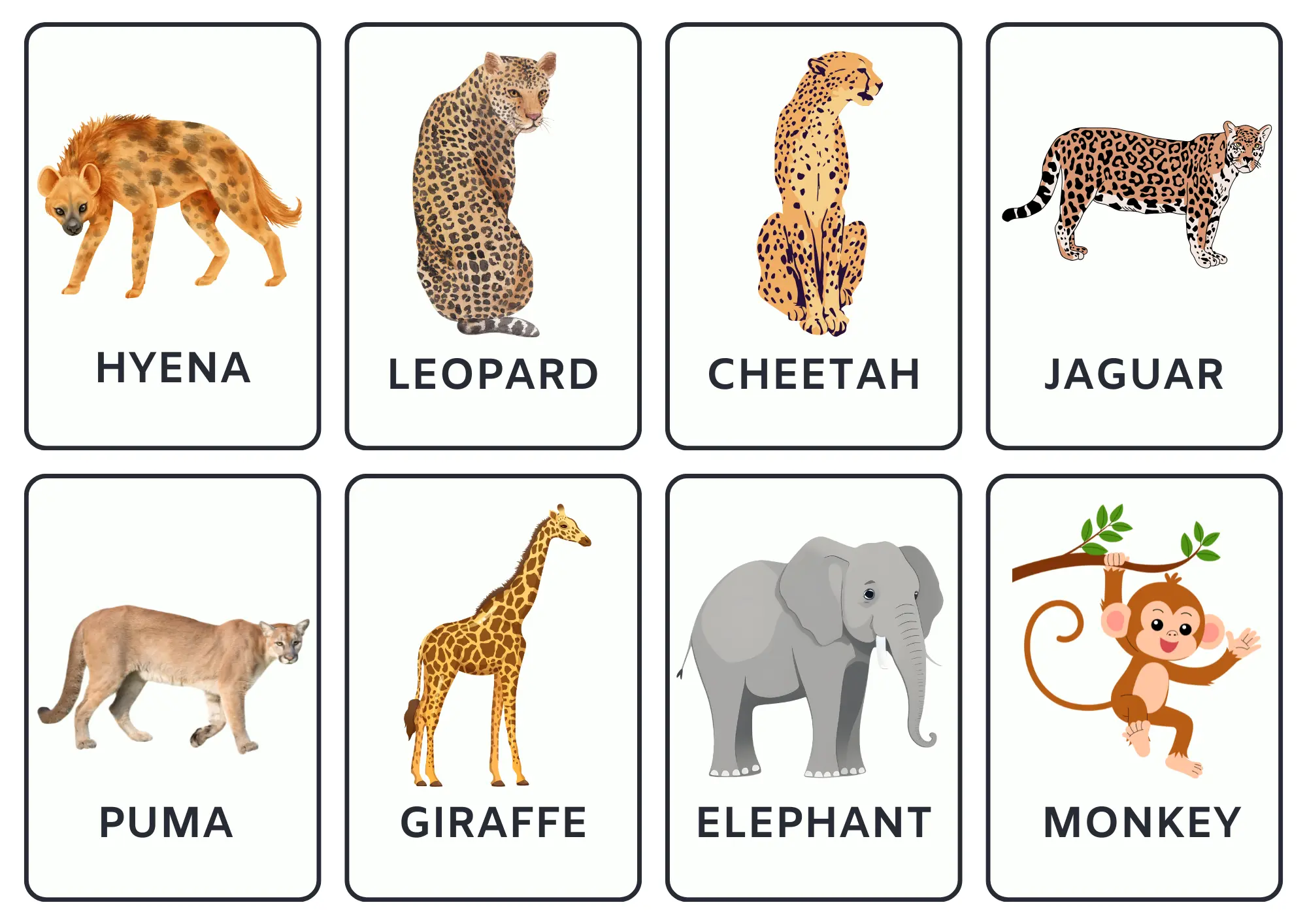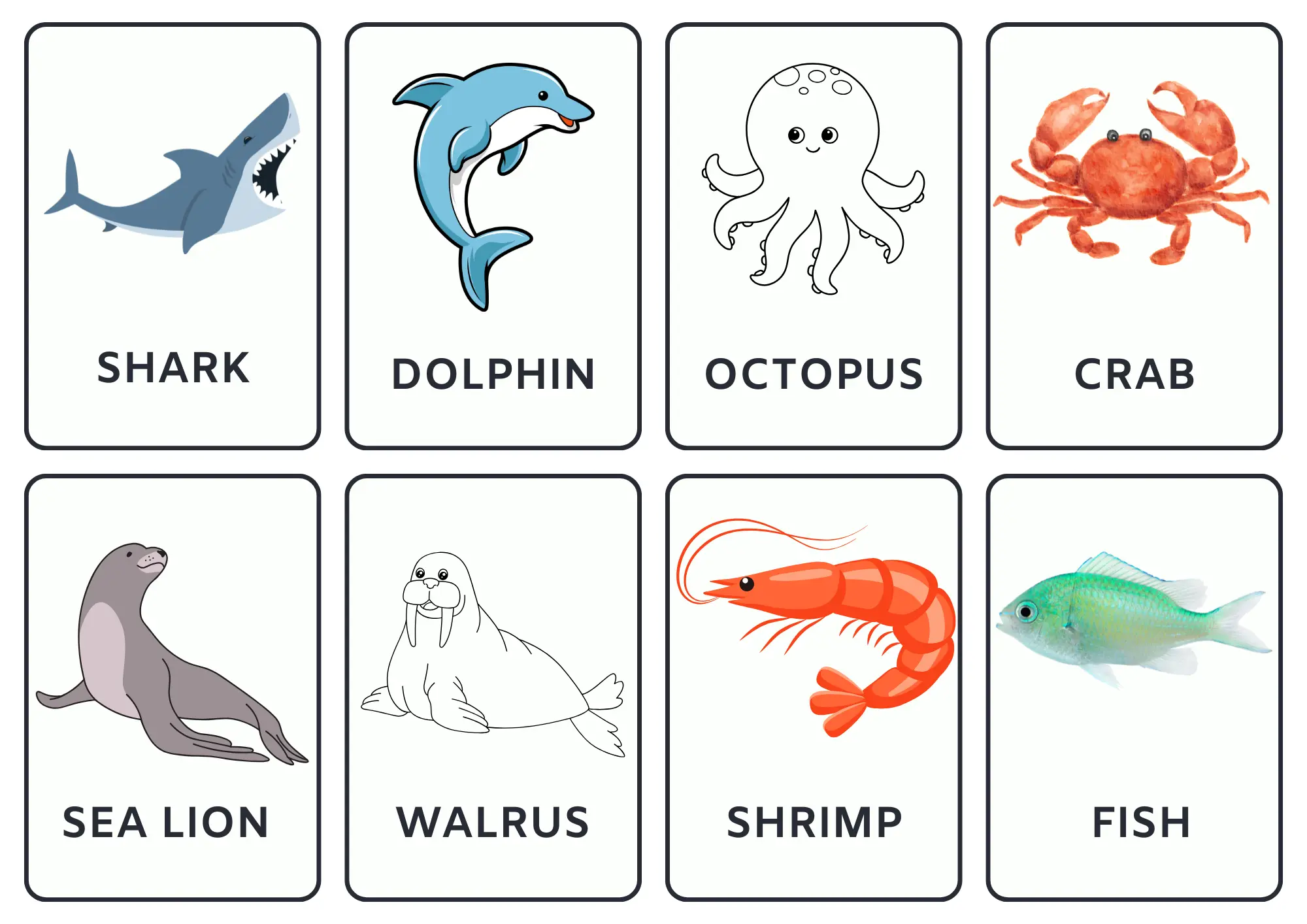Table of contents
In this vocabulary lesson, we will learn the names of animals in English. I have included flashcards and many pictures to help you memorise them easily. Next time, when you see them, you will know what to call them.
1. Names of animals in English and their subclasses
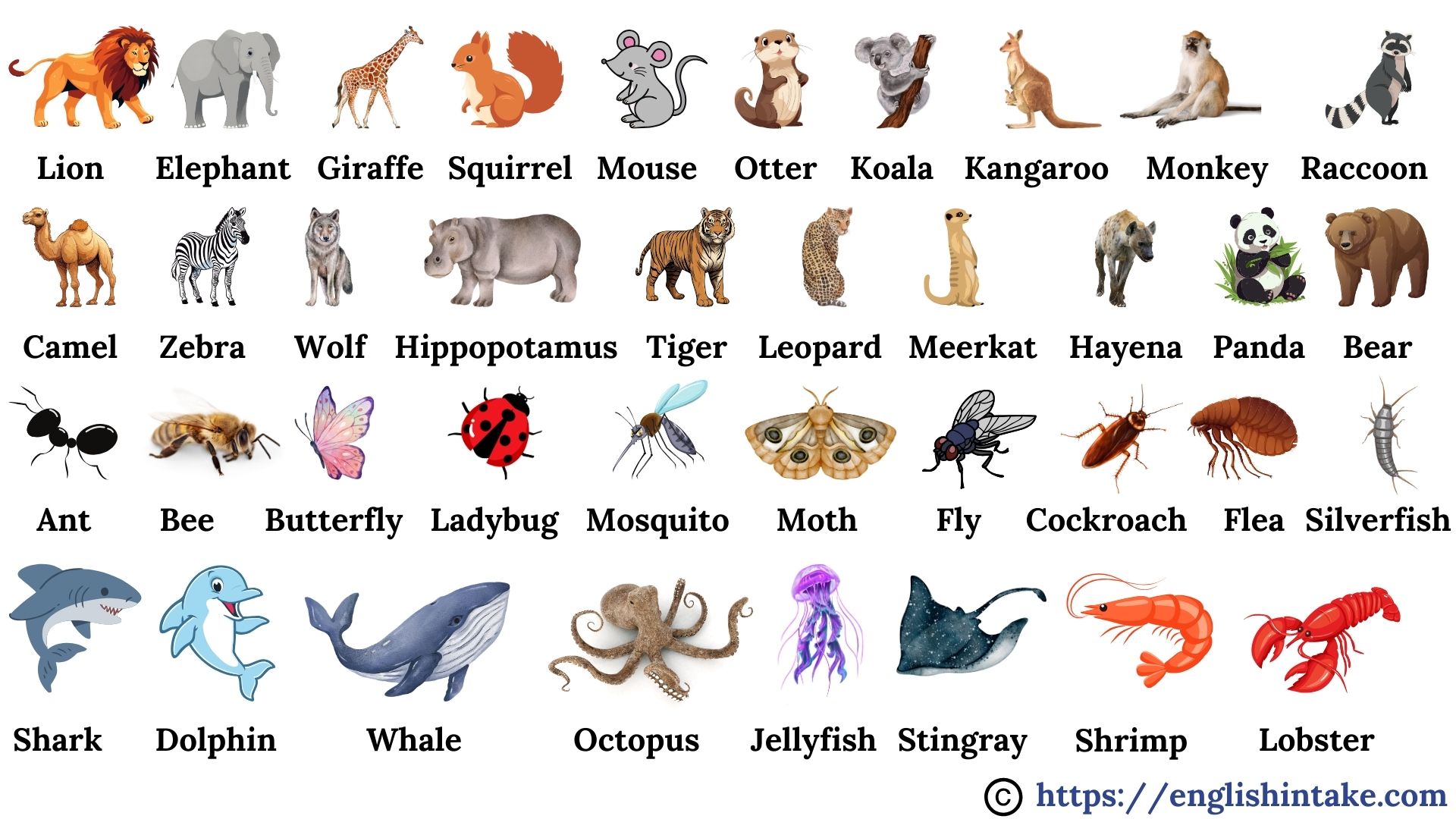
Wild animals
Wild animals are non-domestic animals that live in their natural habitats such as forests, jungles, savannas, and mountains. They help maintain ecological balance.
Predators, like tigers and wolves, hunt and kill other animals for food. They help control the populations of herbivores, preventing overgrazing and preserving vegetation.
Herbivores, like deer and zebras, contribute to plant diversity by feeding on various flora, enabling new growth.
Scavengers eat animals that they did not kill. Hyenas and vultures are scavengers. They help reduce the spread of disease. Small animals, like insects and rodents, also help the ecosystems by dispersing seeds and creating habitats that support biodiversity.
We should protect wild animals because extinction is permanent. When species are gone, we can't bring them back.
Below is a comprehensive list of names of wild animals in English.
 Lion 🔊
Lion 🔊 Elephant 🔊
Elephant 🔊 Giraffe 🔊
Giraffe 🔊 Squirrel 🔊
Squirrel 🔊 Mouse 🔊
Mouse 🔊 Otter 🔊
Otter 🔊 Koala 🔊
Koala 🔊 Kangaroo 🔊
Kangaroo 🔊 Monkey 🔊
Monkey 🔊 Raccoon 🔊
Raccoon 🔊 Camel 🔊
Camel 🔊 Zebra 🔊
Zebra 🔊 Wolf 🔊
Wolf 🔊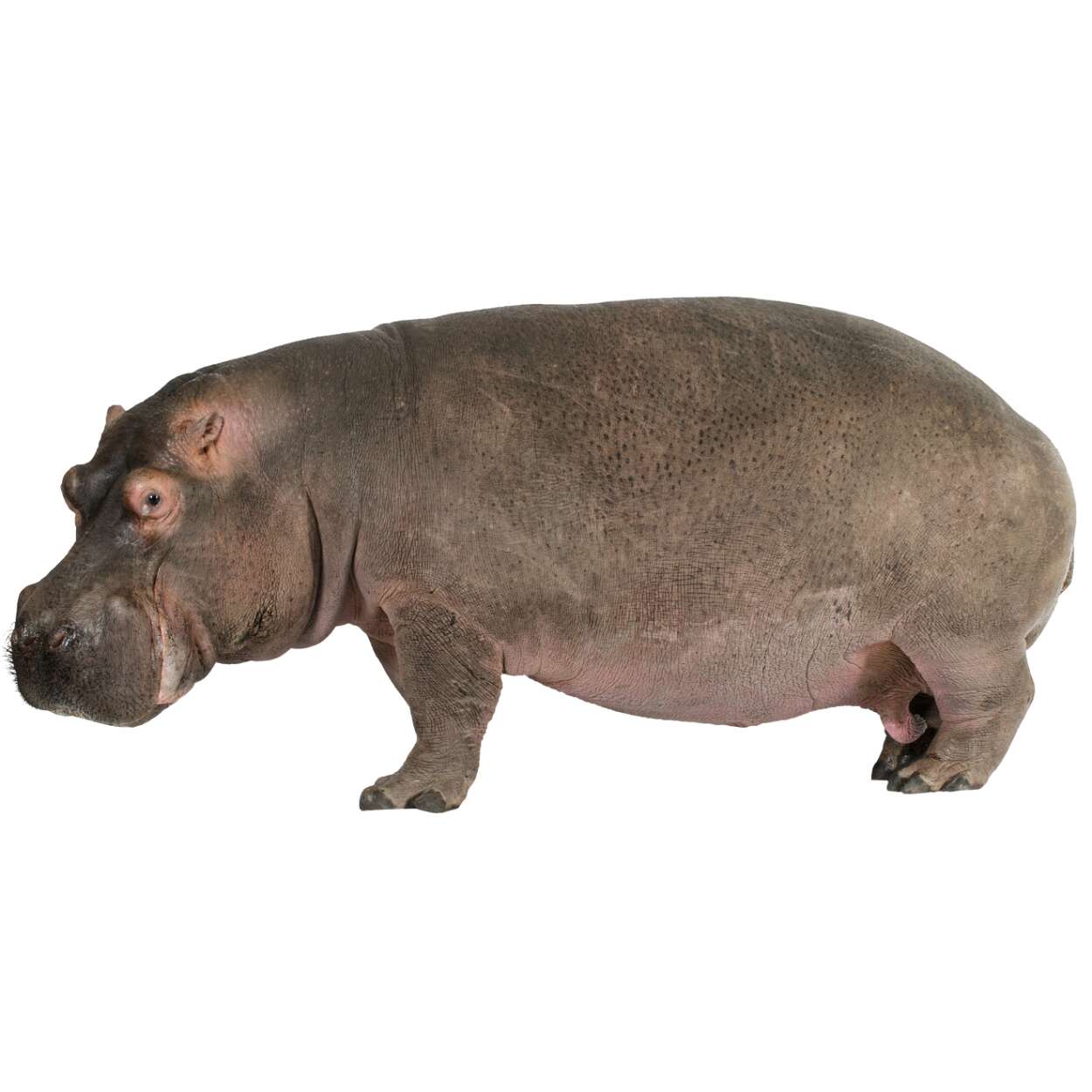 Hippopotamus 🔊
Hippopotamus 🔊 Tiger 🔊
Tiger 🔊 Leopard 🔊
Leopard 🔊 Meerkat 🔊
Meerkat 🔊 Hyena 🔊
Hyena 🔊 Panda 🔊
Panda 🔊 Bear 🔊
Bear 🔊 Polar bear 🔊
Polar bear 🔊 Penguin 🔊
Penguin 🔊 Gorilla 🔊
Gorilla 🔊 Fox 🔊
Fox 🔊 Bat 🔊
Bat 🔊Insects
Insects are the most numerous and diverse group of animals on Earth. They inhabit nearly every environment, from icy mountains to scorching deserts. They outnumber humans by 1.4 billion to one. Their combined weight vastly surpasses that of humanity.
Insects make up 90% of animal species. They have existed for over 350 million years. They have been on eath before dinosaurs and flowering plants. Coleoptera (beetles) are the largest known order of insects, followed by Lepidoptera (butterflies and moths), Diptera (true flies), and Hymenoptera, the group that includes ants, bees, and wasps.
Below, you’ll find the names of insects across various species and types.
 Ant 🔊
Ant 🔊 Bee 🔊
Bee 🔊 Butterfly 🔊
Butterfly 🔊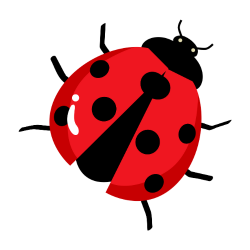 Ladybug 🔊
Ladybug 🔊 Mosquito 🔊
Mosquito 🔊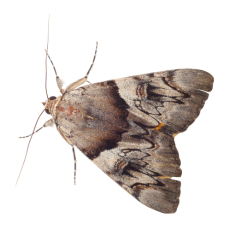 Moth 🔊
Moth 🔊 Fly 🔊
Fly 🔊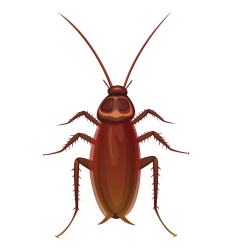 Cockroach 🔊
Cockroach 🔊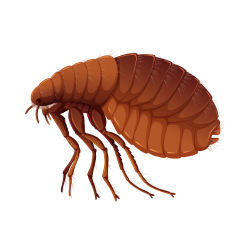 Flea 🔊
Flea 🔊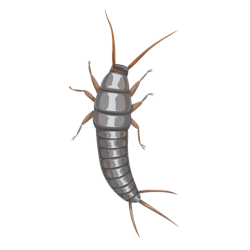 Silverfish 🔊
Silverfish 🔊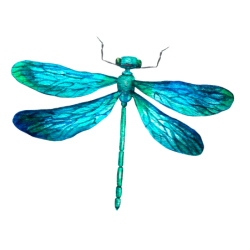 Dragonfly 🔊
Dragonfly 🔊 Spider 🔊
Spider 🔊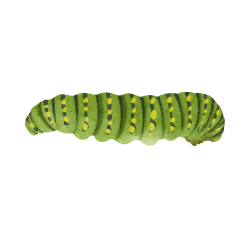 Caterpillar 🔊
Caterpillar 🔊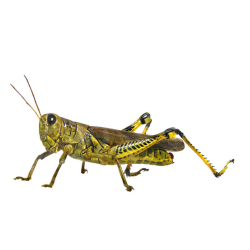 Grasshopper 🔊
Grasshopper 🔊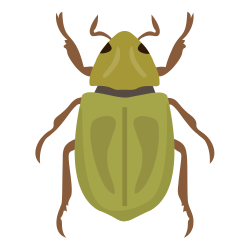 Beetle 🔊
Beetle 🔊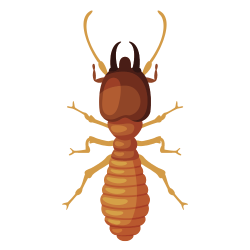 Termite 🔊
Termite 🔊Pets
Pets are anaimals that we keep at home companionship, amusement, or emotional support rather than for work or economic purposes.
Dogs, cats, birds, fish, and small mammals like rabbits or hamsters are examples of pets.
The list below contain common names of pet animals.
 Cat 🔊
Cat 🔊 Dog 🔊
Dog 🔊 Pigeon 🔊
Pigeon 🔊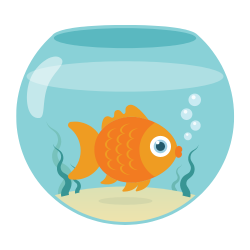 Goldfish 🔊
Goldfish 🔊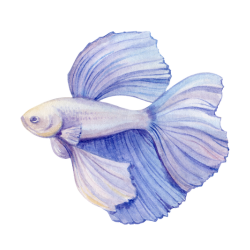 Betta fish 🔊
Betta fish 🔊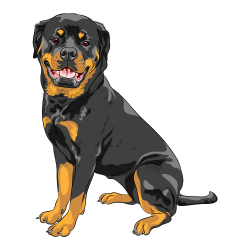 Rottweiler 🔊
Rottweiler 🔊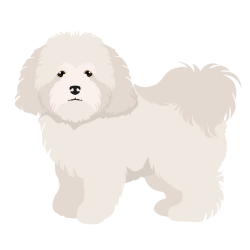 Coton de Tulear 🔊
Coton de Tulear 🔊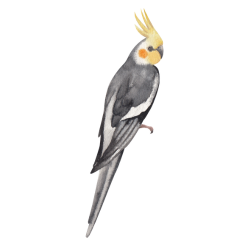 Cockatiel 🔊
Cockatiel 🔊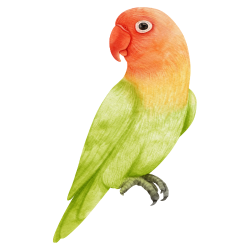 Lovebird 🔊
Lovebird 🔊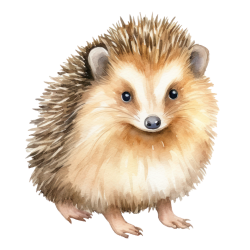 Hedgehog 🔊
Hedgehog 🔊 Chinchilla 🔊
Chinchilla 🔊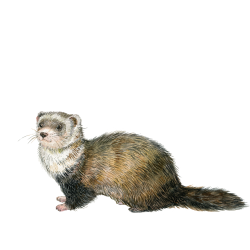 Ferret 🔊
Ferret 🔊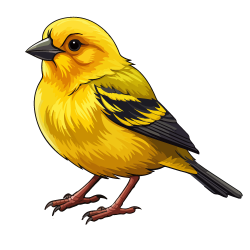 Canary 🔊
Canary 🔊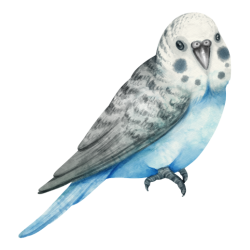 Parakeet 🔊
Parakeet 🔊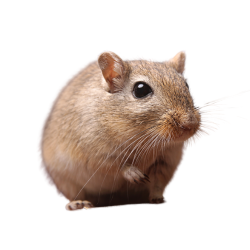 Gerbil 🔊
Gerbil 🔊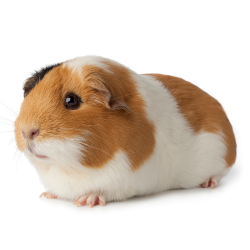 Guinea pig 🔊
Guinea pig 🔊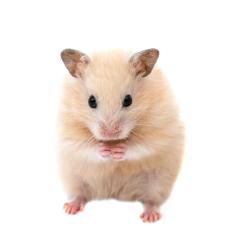 Hamster 🔊
Hamster 🔊 Shih Tzu 🔊
Shih Tzu 🔊 Bulldog 🔊
Bulldog 🔊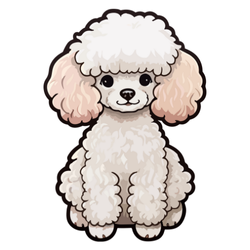 Poodle 🔊
Poodle 🔊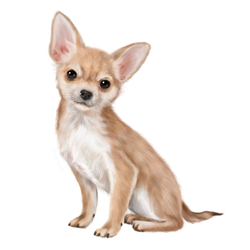 Chihuahua 🔊
Chihuahua 🔊 Dachshund 🔊
Dachshund 🔊 Pug 🔊
Pug 🔊 Cocker Spaniel 🔊
Cocker Spaniel 🔊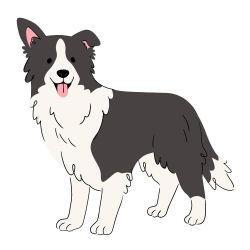 Border Collie 🔊
Border Collie 🔊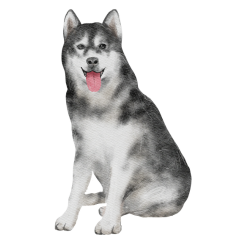 Siberian Husky 🔊
Siberian Husky 🔊 Dalmatian 🔊
Dalmatian 🔊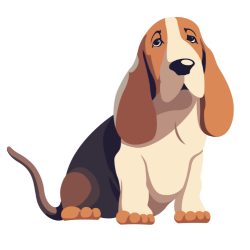 Basset Hound 🔊
Basset Hound 🔊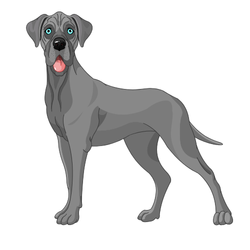 Great Dane 🔊
Great Dane 🔊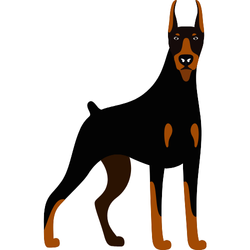 Doberman Pinscher 🔊
Doberman Pinscher 🔊 Saint Bernard 🔊
Saint Bernard 🔊 Greyhound 🔊
Greyhound 🔊 Maltese 🔊
Maltese 🔊 Yorkshire Terrier 🔊
Yorkshire Terrier 🔊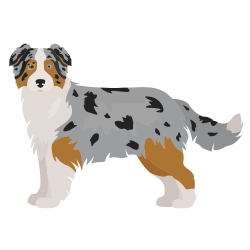 Australian Shepherd 🔊
Australian Shepherd 🔊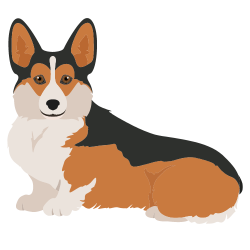 Pembroke Welsh Corgi 🔊
Pembroke Welsh Corgi 🔊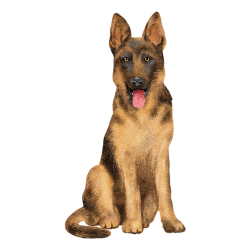 German Shepherd 🔊
German Shepherd 🔊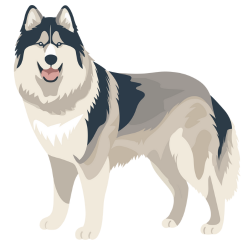 Alaskan Malamute 🔊
Alaskan Malamute 🔊 Cavalier King Charles Spaniel 🔊
Cavalier King Charles Spaniel 🔊 Jack Russell Terrier 🔊
Jack Russell Terrier 🔊 Boston Terrier 🔊
Boston Terrier 🔊 Samoyed 🔊
Samoyed 🔊Livestock
Farm animals are raised primarily for agricultural purposes, such as producing food, clothing, labor, or other resources.
They include cows, chickens, pigs, sheep, and goats. They are kept on farms, where they are cared for and managed by farmers to meet the needs of food production and other agricultural demands.
They sustain rural economies and provide resources for people worldwide.
In the list below, you will learn the names of farm animals in English.
 Horse 🔊
Horse 🔊 Cow 🔊
Cow 🔊 Cock 🔊
Cock 🔊 Hen 🔊
Hen 🔊 Chick 🔊
Chick 🔊 Goose 🔊
Goose 🔊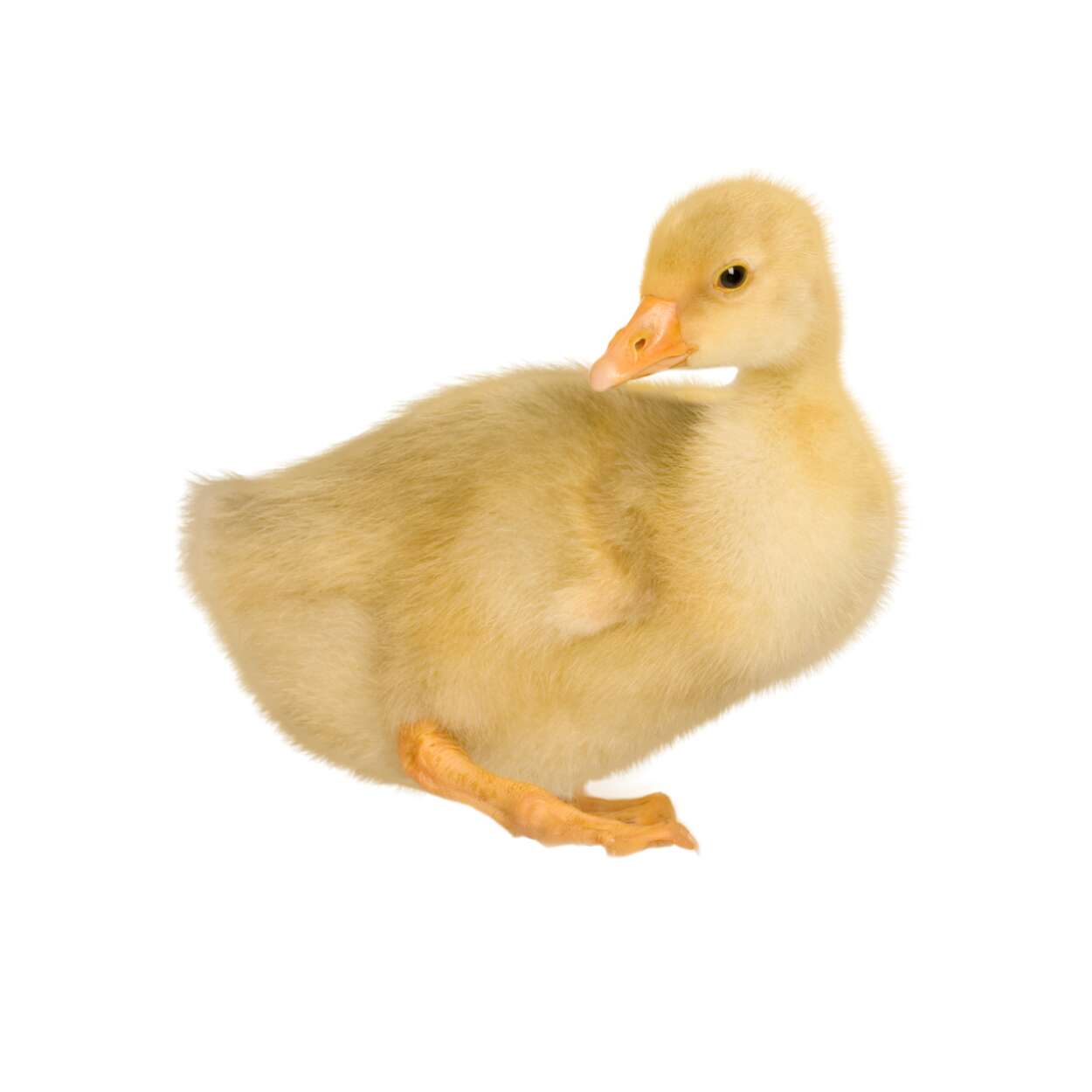 Gosling 🔊
Gosling 🔊 Duck 🔊
Duck 🔊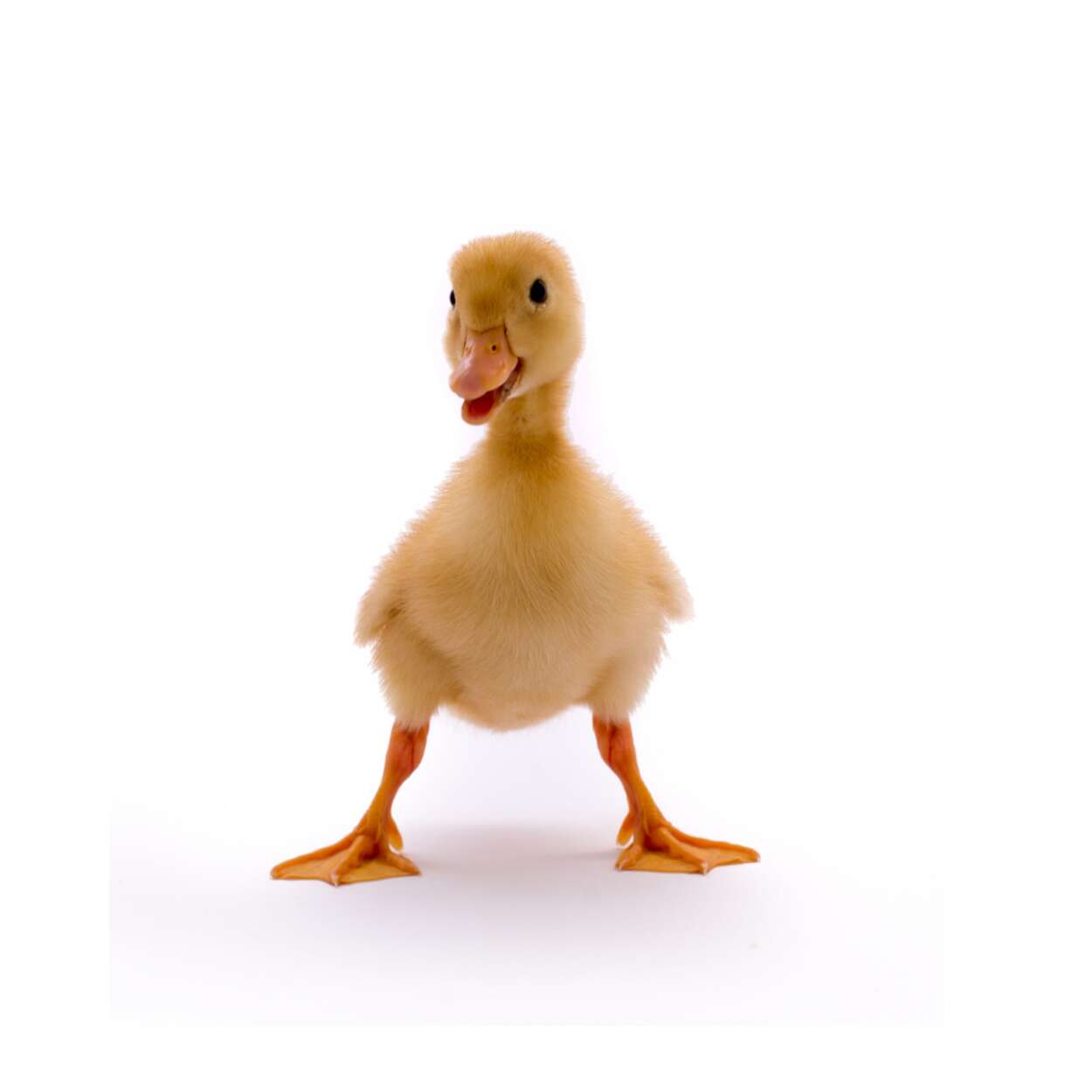 Duckling 🔊
Duckling 🔊 Rabbit 🔊
Rabbit 🔊 Sheep 🔊
Sheep 🔊 Pig 🔊
Pig 🔊 Calf 🔊
Calf 🔊 Bull 🔊
Bull 🔊 Bison 🔊
Bison 🔊 Turkey 🔊
Turkey 🔊 Deer 🔊
Deer 🔊 Goat 🔊
Goat 🔊 Donkey 🔊
Donkey 🔊Names of marine animals
Marine animals live in the sea. They include various types like cephalopods, crustaceans, shellfish, corals, invertebrates, fish, mammals, seabirds, sharks, rays, and turtles.
Cephalopods, such as octopuses and squids, are intelligent molluscs with tentacles. Crustaceans, like crabs and shrimp, have hard shells and segmented bodies.
Shellfish, including clams and oysters, are also popular seafood. Corals are invertebrates that form reefs, while other invertebrates include jellyfish and starfish.
Fish breathe using gills and come in three main types: bony, cartilaginous, and jawless. Marine mammals, like whales and seals, are warm-blooded and nurse their young.
Seabirds feed from the ocean and nest on land. Sharks and rays have flexible skeletons made of cartilage, while turtles are cold-blooded reptiles that lay their eggs on beaches. Together, these animals play essential roles in ocean ecosystems.
The list below contains the names of marine animals in English.
 Fish 🔊
Fish 🔊 Shark 🔊
Shark 🔊 Dolphin 🔊
Dolphin 🔊 Whale 🔊
Whale 🔊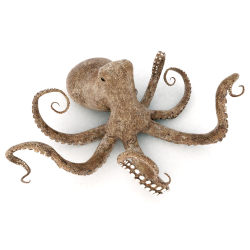 Octopus 🔊
Octopus 🔊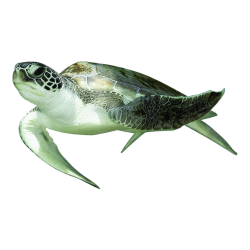 Sea turtle 🔊
Sea turtle 🔊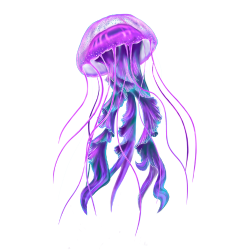 Jellyfish 🔊
Jellyfish 🔊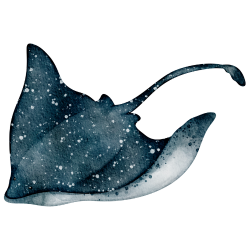 Stingray 🔊
Stingray 🔊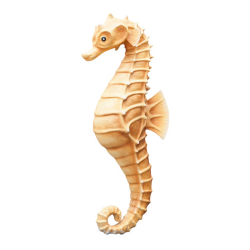 Seahorse 🔊
Seahorse 🔊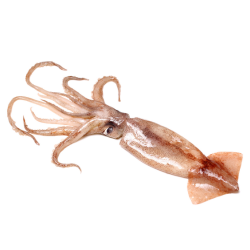 Squid 🔊
Squid 🔊 Lobster 🔊
Lobster 🔊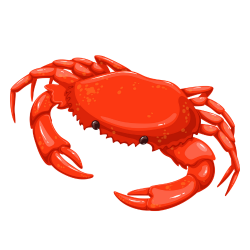 Crab 🔊
Crab 🔊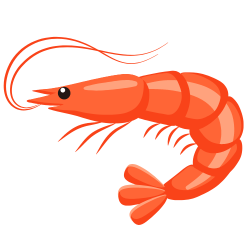 Shrimp 🔊
Shrimp 🔊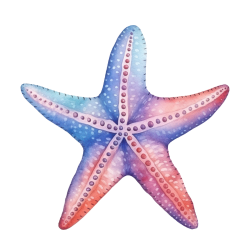 Starfish 🔊
Starfish 🔊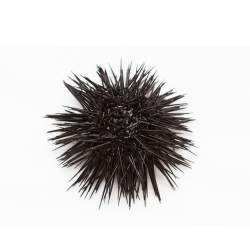 Sea urchin 🔊
Sea urchin 🔊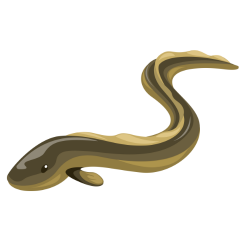 Eel 🔊
Eel 🔊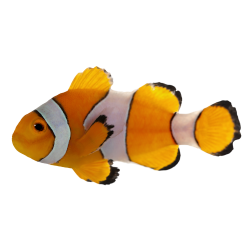 Clownfish 🔊
Clownfish 🔊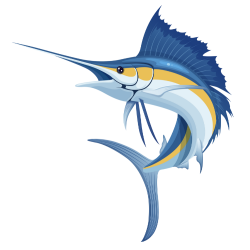 Swordfish 🔊
Swordfish 🔊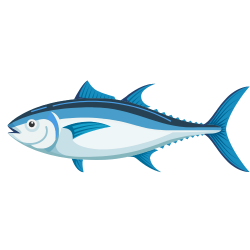 Tuna 🔊
Tuna 🔊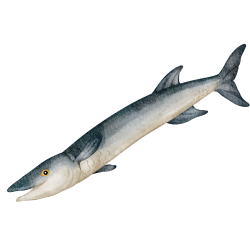 Barracuda 🔊
Barracuda 🔊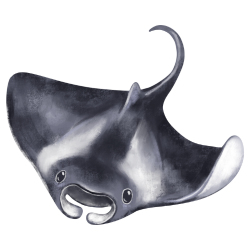 Manta ray 🔊
Manta ray 🔊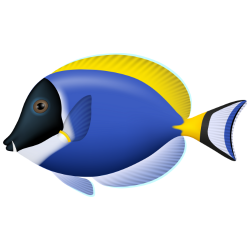 Blue tang 🔊
Blue tang 🔊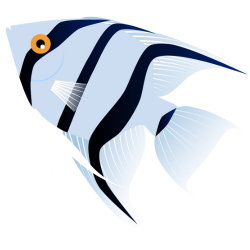 Angelfish 🔊
Angelfish 🔊 Oyster 🔊
Oyster 🔊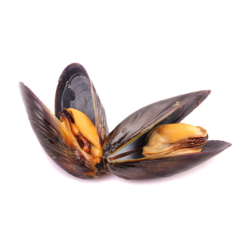 Mussel 🔊
Mussel 🔊 Sea anemone 🔊
Sea anemone 🔊 Seal 🔊
Seal 🔊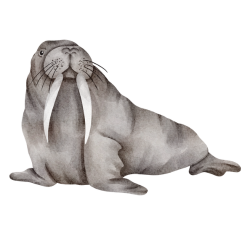 Walrus 🔊
Walrus 🔊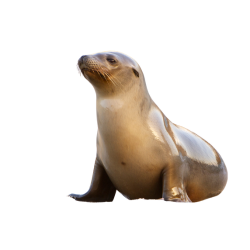 Sea lion 🔊
Sea lion 🔊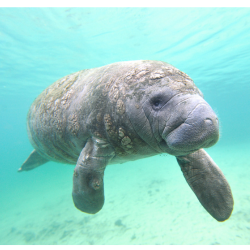 Manatee 🔊
Manatee 🔊Birds
Birds have feathers, wings, and beaks. They lay eggs, and most of them can fly. They are found in different places, such as in the forests, deserts, and even in cities.
Birds eat different kinds of food, including seeds, insects, and small animals. They communicate with each other using songs and calls.
Birds help spread seeds and control insect populations. Here is a list of bird names in English.
 Owl 🔊
Owl 🔊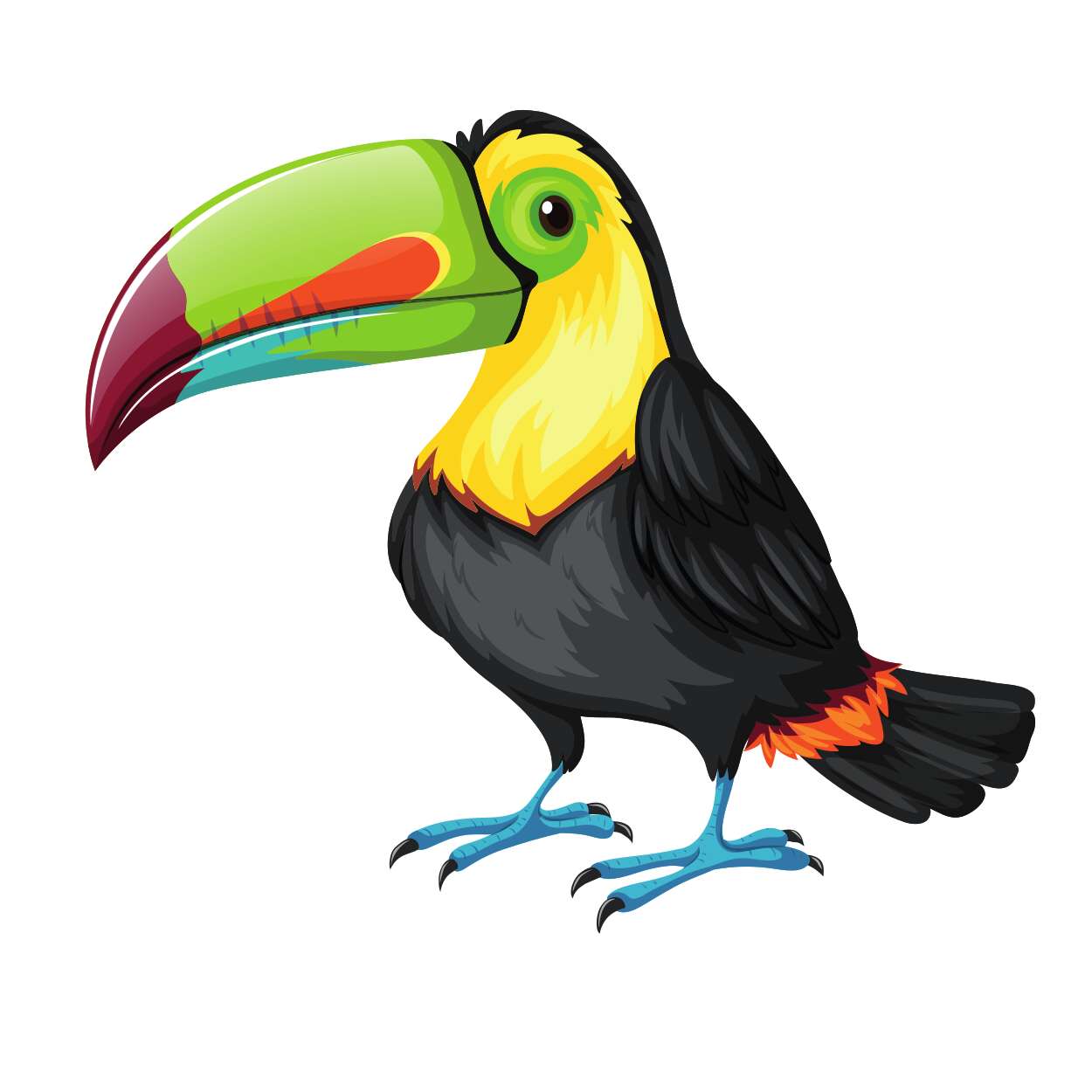 Toucan 🔊
Toucan 🔊 Vulture 🔊
Vulture 🔊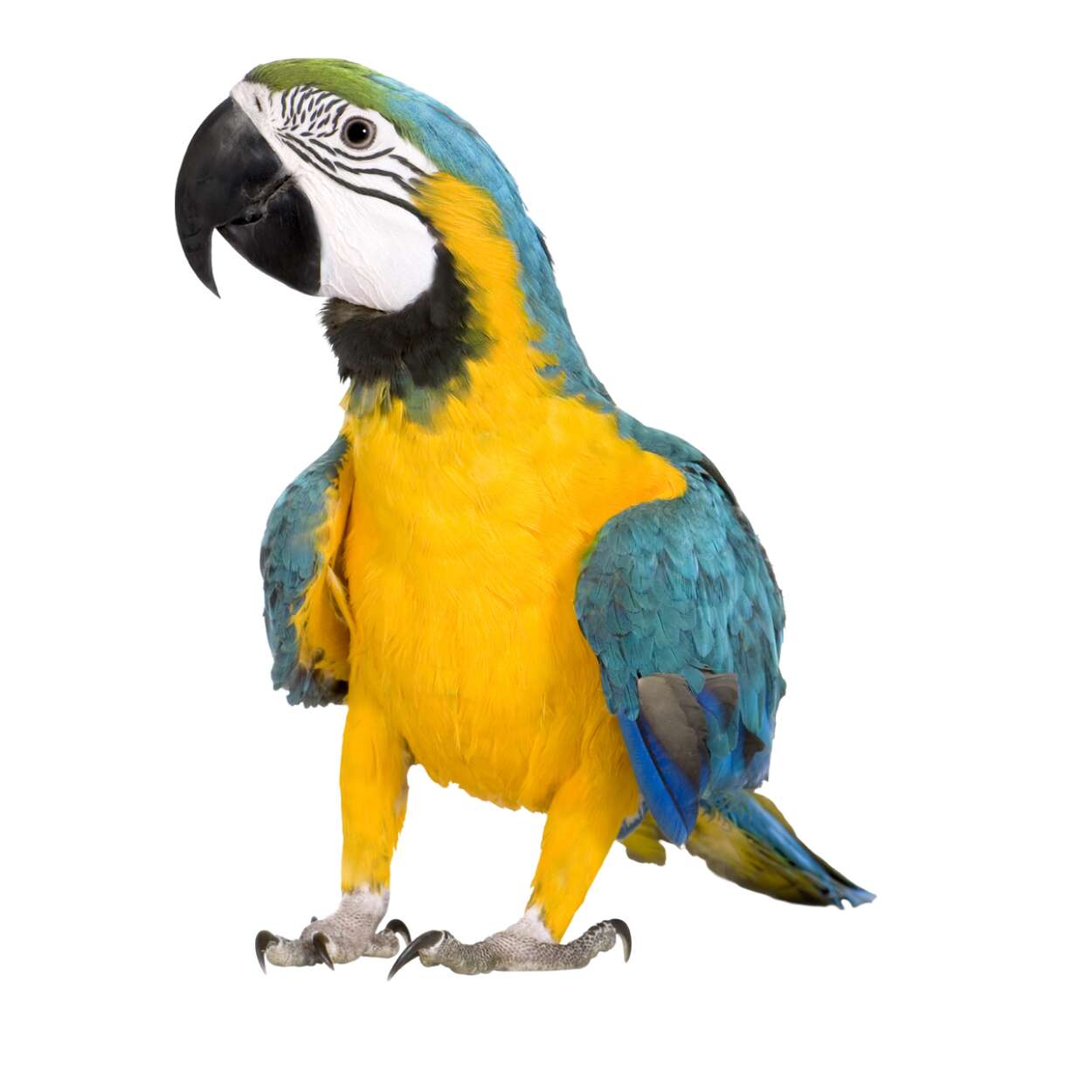 Macaw 🔊
Macaw 🔊 Parrot 🔊
Parrot 🔊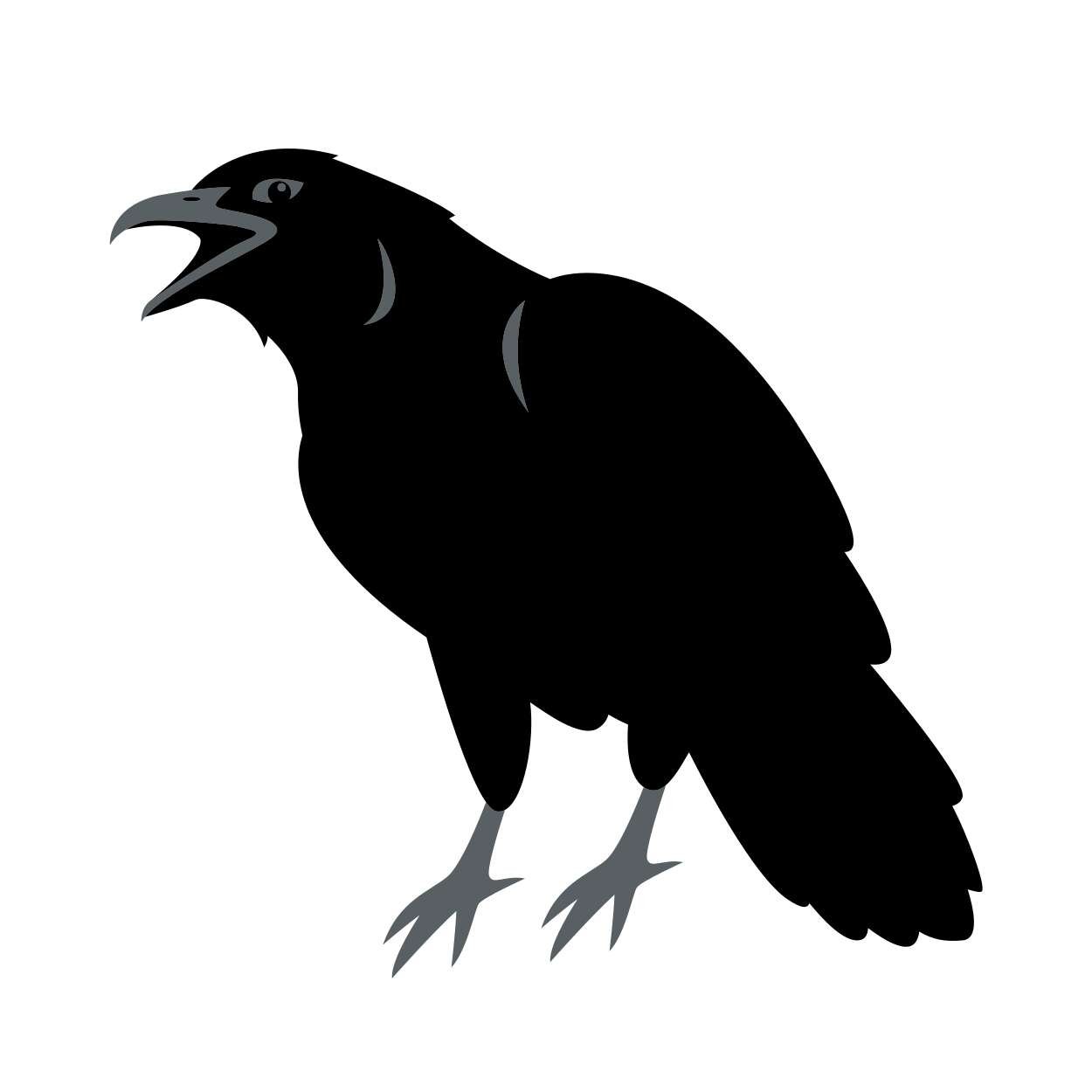 Crow 🔊
Crow 🔊 Peacock 🔊
Peacock 🔊 Dove 🔊
Dove 🔊 Stork 🔊
Stork 🔊 Eagle 🔊
Eagle 🔊Reptiles
Reptiles have backbones. They usually have dry skin covered in scales. They lay eggs, and many live on land, although some can be found in water.
Snakes, lizards, turtles, and crocodiles are reptiles. Unlike mammals, they do not have fur or hair, and they need warm temperatures to stay active. The list below contains different names of reptiles in English.
 Snake 🔊
Snake 🔊 Alligator 🔊
Alligator 🔊 Crocodile 🔊
Crocodile 🔊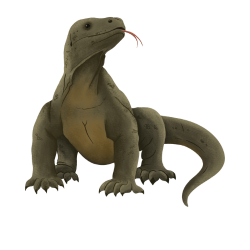 Komodo dragon 🔊
Komodo dragon 🔊 Chameleon 🔊
Chameleon 🔊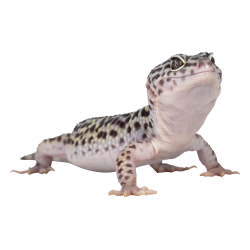 Gecko 🔊
Gecko 🔊 Turtle 🔊
Turtle 🔊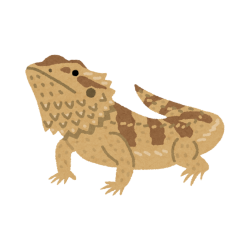 Horned lizard 🔊
Horned lizard 🔊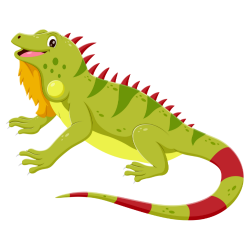 Iguana 🔊
Iguana 🔊 Cobra 🔊
Cobra 🔊 Python 🔊
Python 🔊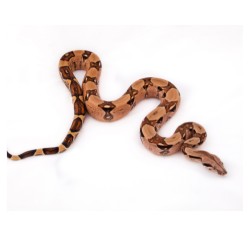 Boa constrictor 🔊
Boa constrictor 🔊 black mamba 🔊
black mamba 🔊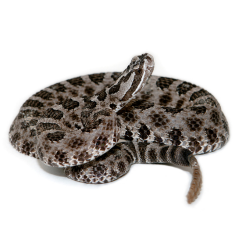 Rattlesnake 🔊
Rattlesnake 🔊2. Endangered species
Endangered species are animals and plants that are at risk of extinction due to various factors, including habitat loss, climate change, poaching, and pollution.
We need to protect these species to maintain biodiversity and the health of the ecosystems. Here’s an overview of different categories of endangered species:
2.1. Critically endangered animals
Critically endangered species face an extremely high risk of extinction in the wild.
- Sumatran orangutan: Habitat destruction due to logging and palm oil plantations has severely impacted their populations.
- Vaquita: This small porpoise, found in the Gulf of California, is on the brink of extinction, with estimates suggesting fewer than 30 individuals remain due to illegal fishing practices.
- Javan rhino: With only around 80 individuals left, the Javan rhino is confined to a single national park in Indonesia, making it susceptible to disease and habitat loss.
2.2. Vulnerable species
Vulnerable species are not currently facing an immediate threat of extinction but are at risk if the factors contributing to their decline are not addressed. These animals typically have declining populations and may experience habitat loss or hunting pressures.
- African elephant: While still numerous, African elephants face threats from poaching for ivory and habitat loss due to human expansion.
- Polar bear: As climate change impacts their sea ice habitat, polar bears are becoming increasingly vulnerable, relying on diminishing ice to hunt seals.
- Bengal tiger: With habitat destruction and poaching for their fur, the Bengal tiger is classified as vulnerable, although conservation efforts are underway to protect their habitats.
2.3. Extinct animals
Extinct animals are those that no longer exist, primarily due to human activities. Understanding extinct species can help highlight the importance of conservation efforts for currently endangered species.
- Woolly mammoth: Once roamed the Earth during the Ice Age, woolly mammoths went extinct due to a combination of climate change and overhunting by early humans.
- Dodo: The dodo, a flightless bird native to Mauritius, was driven to extinction in the 17th century by hunting and the introduction of non-native species.
- Passenger pigeon: Once abundant in North America, the passenger pigeon became extinct in the early 20th century due to intense hunting and habitat destruction.
3. Animals flashcards
These flashcards contain the names of various animals. Click the arrow buttons to slide through the carousels.
